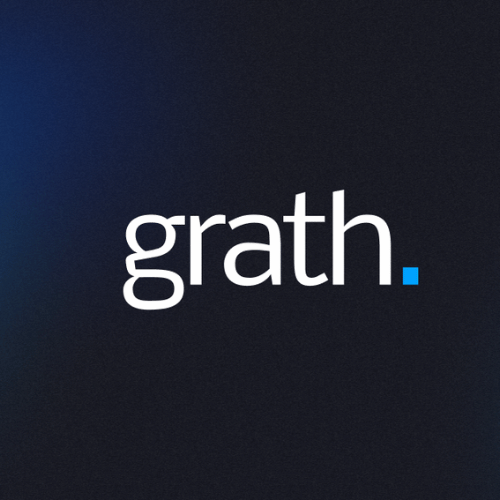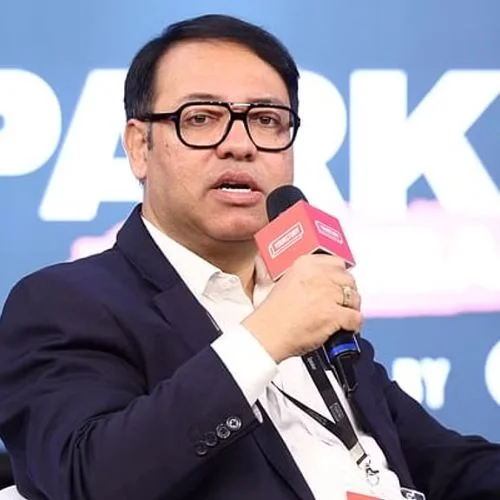Government statistics show that many promoters have been forced to pay their dues only by the prospect of legal action.
Out of concern about losing control of their businesses, several managements of corporations allegedly paid back their debts quickly after lenders filed complaints with the National Company Law Tribunal (NCLT).
Without even waiting for petitions to be admitted, creditors, banks, and suppliers have recouped debts pretty much right away after filing under the Insolvency & Bankruptcy Code (IBC).
The NCLT benches have closed 6,811 cases after admission, whereas 25,565 cases were closed before they were even allowed to the bench, according to statistics from the Insolvency & Bankruptcy Board of India (IBBI), a 3.7x difference.
When a petition is accepted by the NCLT, the tribunal establishes a committee of creditors and a resolution expert, which results in the dismissal of the promoters.
As of May 2023, settlements of more than Rs 8.2 lakh crore have been paid out since 2016—the year the law initially went into effect.
9.2 lakh crore in claims have been made to the government, of which 2.9 lakh crore have been paid back in 720 cases.
Around 1,900 cases were closed even after admission due to withdrawal, via reviews and appeals, or through settlement.
“A distressed asset has a life cycle. Its value gradually declines with time if distress is not addressed. The credible threat of the code, that a corporate debtor may change hands, has changed the behavior of debtors. Thousands of debtors are resolving distress in the early stages,” the IBBI said, according to a TOI report.
“They are resolving when the default is imminent, on receipt of notice of repayment but before filing an application, after filing an application but before its admission, and even after the admission of the application, making best efforts to avoid consequences of the resolution process. Most companies are rescued at these stages,” the board added.
There are additional reasons involved in these quick settlements, including the fact that many of them followed the filing of lawsuits by operational creditors, whose debts are lower than those owing to large banks. Due to their enormity, promoters frequently pay these dues, some of which may have been outstanding for years.
The operational creditors initiated over 80% of corporate bankruptcy resolution proceedings with a default of under Rs 1 crore.
Eighty percent of lawsuits involving defaults above Rs 10 crore were started by financial creditors, including banks, financial institutions, and homebuyers in the case of real estate.
Operational creditors triggered 49.5% of the 6,811 cases that the NCLT has accepted up to June 2023 or 3,369 cases. Financial creditors triggered 44.6% of those cases, while the remaining cases were brought by corporate debtors or companies.













